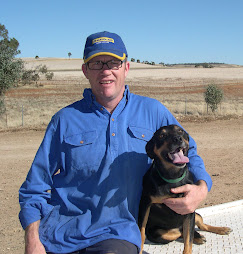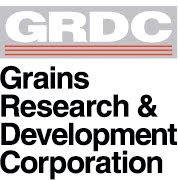The Truck Arriving with New Cane for Hand Planting
The company processes an average 55% of the crop for ethanol and 40% for raw sugar. The production from this farm is 1,000,000 tonnes. In comparison Australia’s total production is only 5 million tones. They average 72 t/ha but are aiming for 85 t/ha.
Cane Pieces Laid In Trenches And Then Covered By Hand With Hoes
The ethanol plant was having a maintenance refit was we were unable to go in, so we went out to the field and looked at replanting of cane. 2000 ha are replanted each year. The paddock is worked up using a offset disc and then a trencher is used to put three trenches 400 mm deep. This is all done with tractors. That is where the mechanization stops. The precut cane is then laid out by hand in the trenches nand covered over by hand with a hoe. This seemed very archaic. 2000 works are employed each year to manually harvest the cane crop.
A Cane Cutter and His Tool
When the crop is sown it receives a dose of NPK fertilizer with 40 units of Nitrogen, 120 units of Phosphorous and 80 units of Potassium. This then topped up after harvest with 40 units of Nitrogen and 60 units of Potassium.
Foremans Car










No comments:
Post a Comment